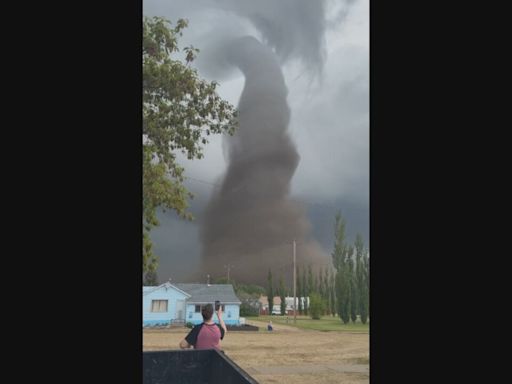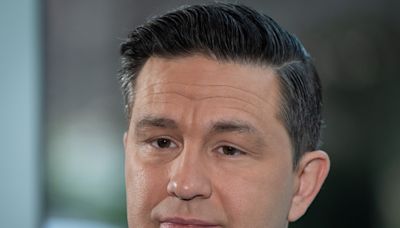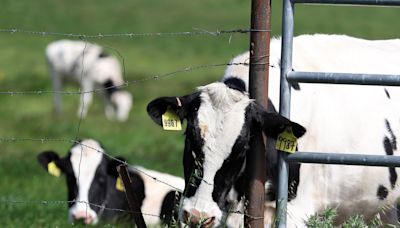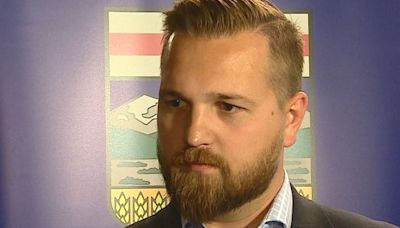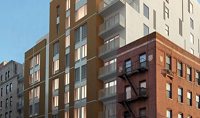Search results
Alberta is the fourth largest province by area at 661,848 square kilometres (255,541 square miles), and the fourth most populous, being home to 4,262,635 people. Alberta's capital is Edmonton, while Calgary is its largest city. The two are Alberta's largest census metropolitan areas.
Find the Alberta government services and information you need. About government. Agriculture. Birth, adoption, death, marriage and divorce. Business and economic development. Culture. Driving safety. Education and training. Emergency preparedness, disaster response and public safety.
May 13, 2024 · Alberta is home to some of the most awe-inspiring scenery on the planet: rugged snow-capped mountains, massive glaciers, thick forests, impossibly blue lakes,… From glaciers and towering mountains to vibrant cities and unique Indigenous culture, Alberta has it all and then some.
4 days ago · The Editors of Encyclopaedia Britannica. Last Updated: May 31, 2024 • Article History. flag of Alberta. Seal of Alberta. Alberta provincial flower. Capital: Edmonton. Population: (2021) 4,262,635; (2023 est.) 4,756,408. Date Of Admission: 1905. Provincial Motto: "Fortis et liber (Strong and free)" Provincial Flower: wild rose. Recent News.
Jun 5, 2023 · Known for its breathtaking natural beauty, Alberta offers a diverse range of landscapes that will leave travelers in awe. From the majestic Canadian Rockies to the vast prairies and vibrant cities, Alberta is a haven for nature enthusiasts and adventure seekers.
Mar 26, 2009 · Learn about Alberta's geography, people, economy, history and culture. Find out how the province is divided into three physiographic regions, two metropolitan centres, 138 reserves and eight Métis settlements.
